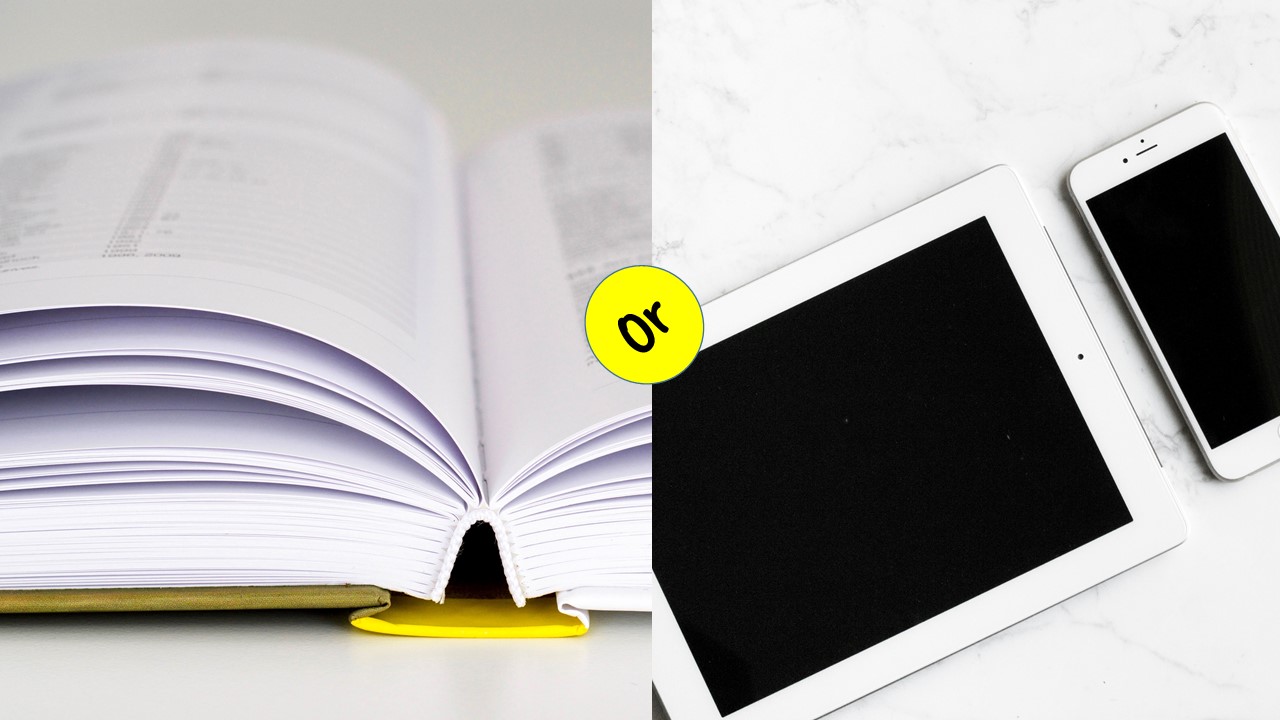Choosing textbooks for students offers an interesting question for many school districts. The rise of the e-reader, alongside initiatives to put laptops and tablets in many classrooms, has led to many schools that rely on digital textbooks in order to provide students with access to critical information. In many cases, however, this hasn’t turned out to be the right decision for the students. The benefits of physical books significantly outweigh any benefits to be had by digital books, including the ease of transportation–one slim device easily holds all the textbooks and reference materials a student needs–and the lower cost of many e-books.
Easier Concentration
Digital screens are designed to make scrolling easy and concentration difficult. It’s hard to remove from your mind the reality that you’re on a device that can easily access the internet, allowing for a diversion when you should be studying. Students, in particular, are prone to struggling with concentration issues. Using physical books, on the other hand, makes it easier for students to pay attention to the text in front of them. There’s no distraction from the text obviously at hand. E-readers are designed to encourage scrolling, making it easy to skim across the top of the material without really taking it in, while books provide a slower experience that typically leads to deeper involvement with the material.
Information Retention
Students who read from a physical book are more likely to remember the information they’ve covered than students who have used a tablet or e-reader to go over the same material. Some of this is the concentration mentioned above. Other elements include:
- The ability to make physical notes directly on the text, whether in the book itself or on post-it notes that can easily be removed by the next student to use the text
- Kinesthetic learners who are able to touch the information as they move the pages of the book
- The ability to engage more deeply with the content when it’s presented on a printed page than when it appears on a digital device
- The way content is laid out on the printed page versus an e-reader device, making it easier to group ideas and concepts together with images at a glance
The Experience of Reading
Many people who have loved reading for a long time struggle to put into words exactly what it is about the experience that entrances them so much–and how the experience is different between e-readers and physical books. The experience of reading involves many senses: the sense of touch as pages are turned, the sense of vision as the words are read and pictures are viewed, and the sense of smell as the scent ofthe page lifts up to the reader. This sense-engaging experience increases memory, improves concentration, and offers a better overall experience for students, whether they’re studying, reading the text for the first time, or skimming over it for a particular piece of information.
The Disadvantages of Tablets and E-Readers
Tablets and e-readers are not without their specific disadvantages. The materials used to make these devices–which must be replaced more often when they are used regularly in the classroom–can be toxic. Devices with screens are more likely to cause eye strain than traditional textbooks. E-readers are also more fragile and easier to lose or have stolen than traditional textbooks, making them more difficult for some students to use.
At The Tenney School, we strive to provide our students with hard-copy textbooks that make it easier to retain the information they’re taking in. While we have experimented with digital textbooks in the past, in the end, we’ve always returned to the higher-quality printed word for the overall better experience that it provides for students as they attempt to take in the information. The added expense of physical textbooks, from the initial purchase to replacing books that may have been damaged, is well worth the enhanced experience for students who use them in the classroom. If that sounds like a learning environment that you want for your student, contact us today to learn more about what we offer.


